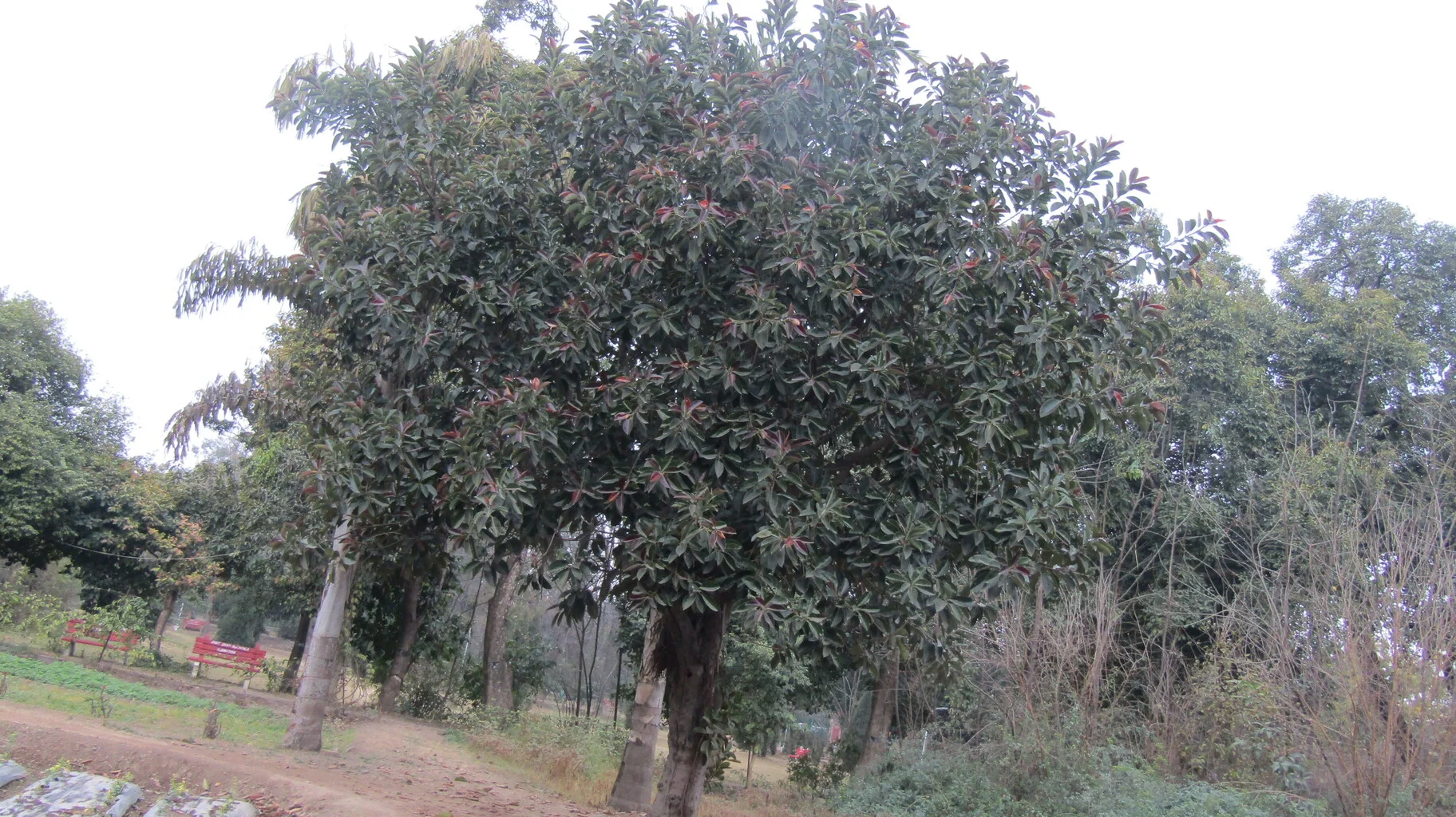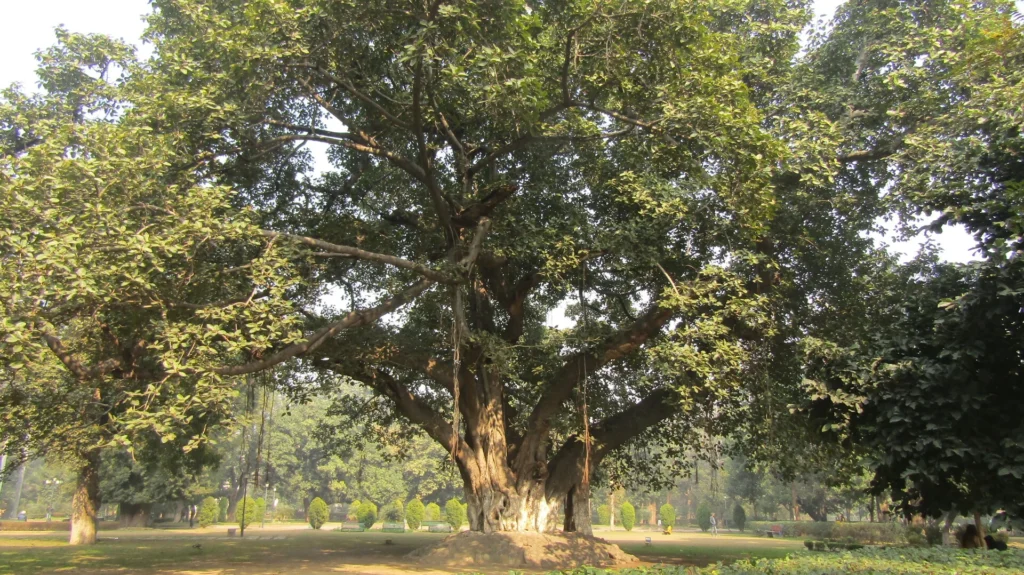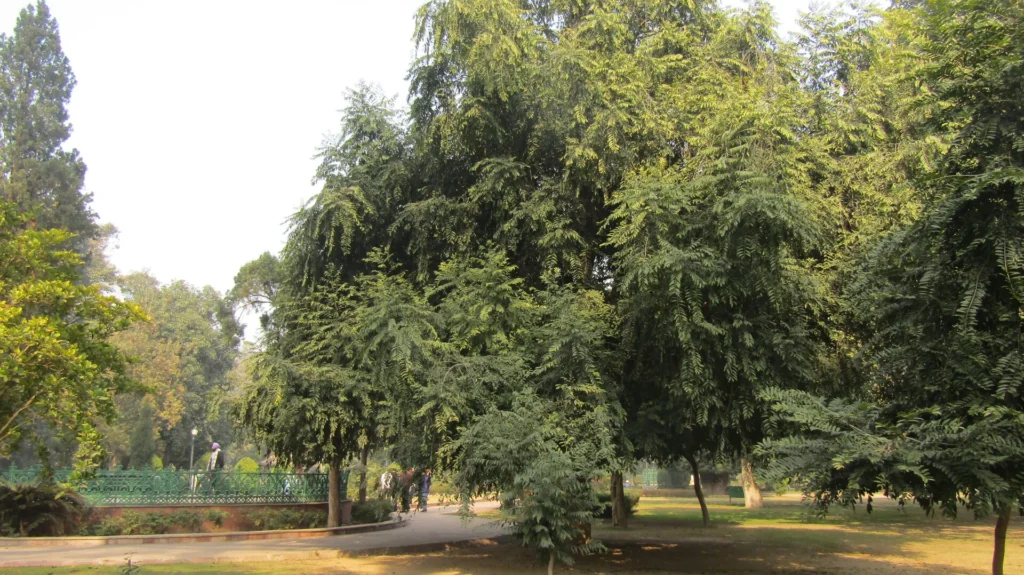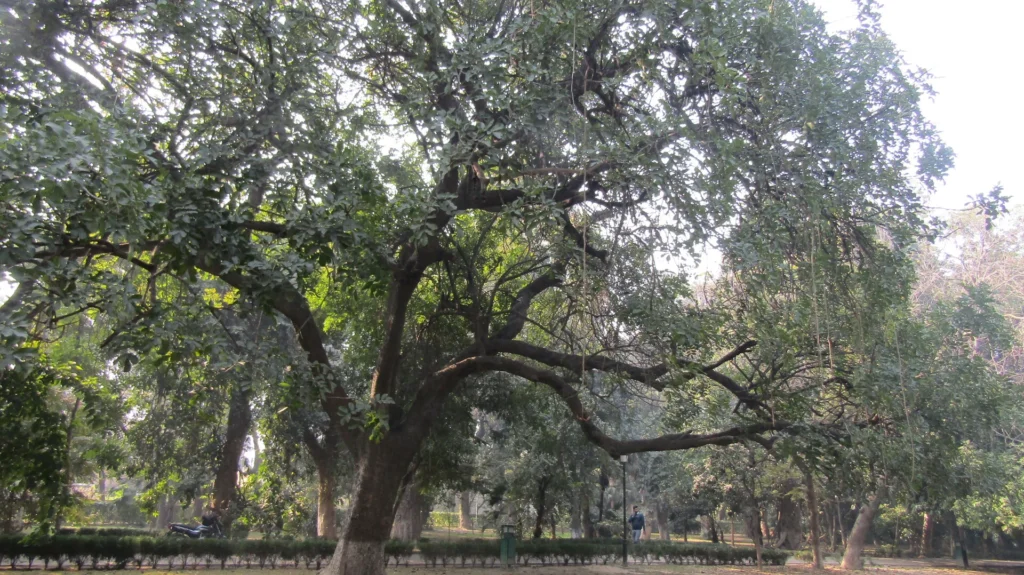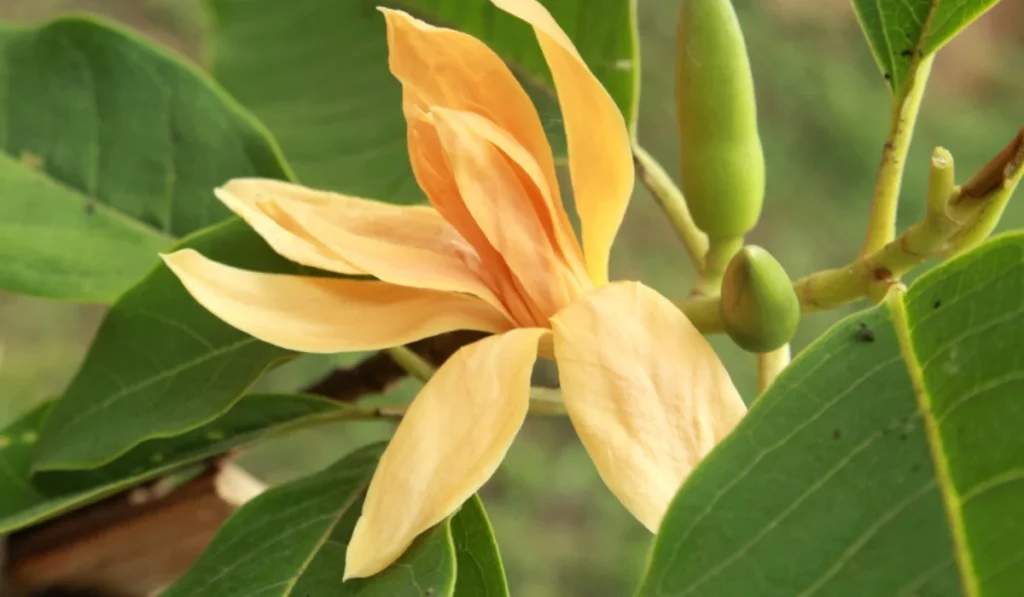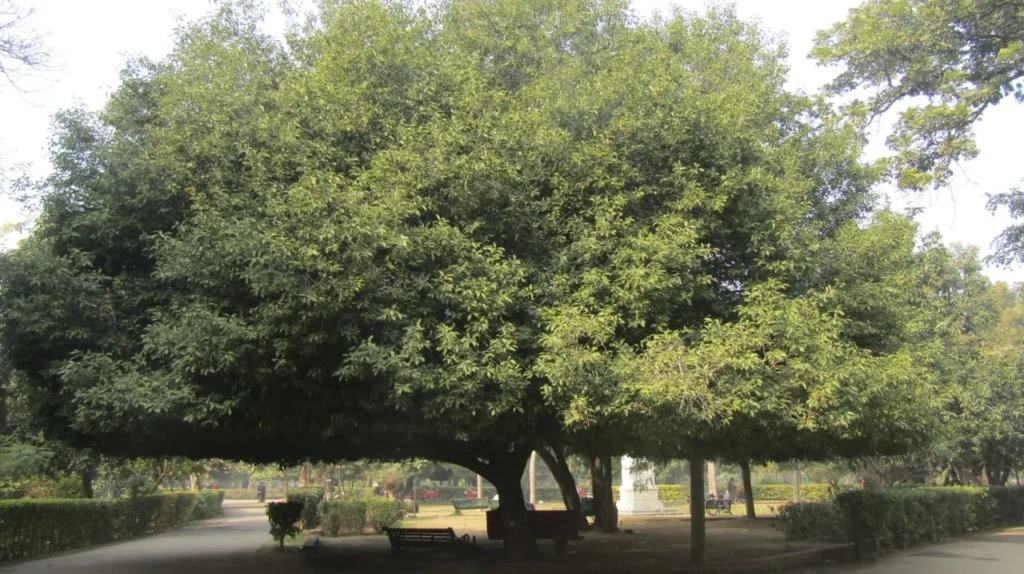Ficus elastica, the rubber fig, rubber tree or Indian rubber bush, Indian rubber tree is native to eastern parts of South and Southeast Asia. It has become naturalized in Sri Lanka, the West Indies, and the US state of Florida. Despite its common names, it is not used in the commercial production of natural rubber.
- Kingdom:Plantae
- Characteristic feature :Tracheophytes
- Type of seeds : Angiosperms
- Order : Rosales
- Family: Moraceae
- Genus: Ficus
- Species: F. elastica
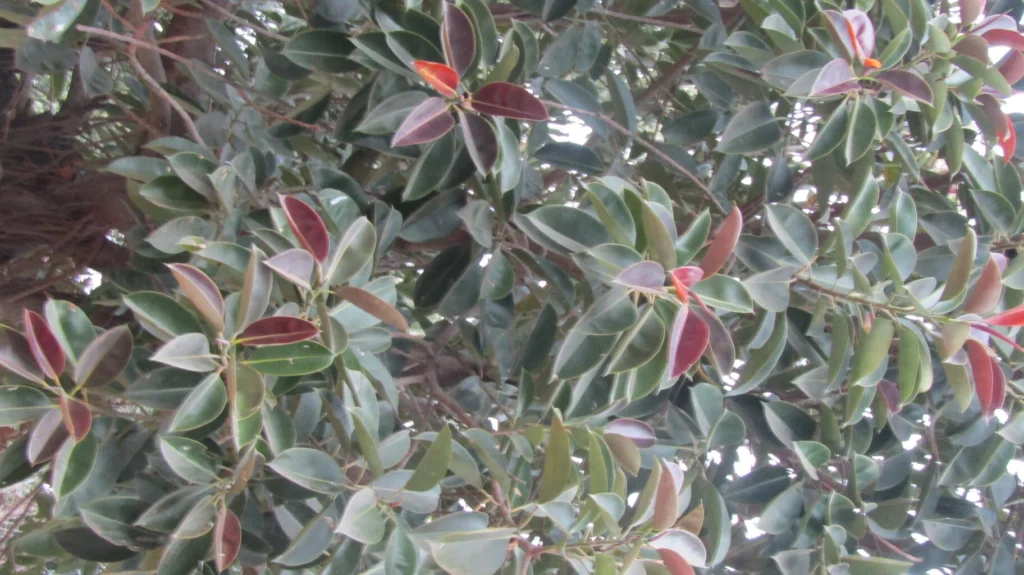
It is a large tree in the group of figs, growing to 30–40 m ,rarely up to 60 m or 195 ft tall, with a stout trunk up to 2 m in diameter. The trunk develops aerial and buttressing roots to anchor it in the soil and help support heavy branches.
It has broad shiny oval leaves 10–35 cm long and 5–15 cm broad, leaf size is largest on young plants (occasionally to 45 cm or 17+1⁄2 in long), much smaller on old trees (typically 10 cm). The leaves develop inside a sheath at the apical meristem, which grows larger as the new leaf develops. When it is mature, it unfurls and the sheath drops off the plant. Inside the new leaf, another immature leaf is waiting to develop.
Cultivation and uses
In parts of India, people guide the roots of the tree over chasms to eventually form living bridges. To this day there are large bridges woven from aerial roots in Meghalaya, India. Although the trees used for these bridges are very large, aerial roots can be found on F. elastica as small as 1ft tall. Ficus elastica is grown around the world as an ornamental plant, outside in frost-free climates (though it also tolerates light frosts) from the tropical to the Mediterranean and inside in colder climates as a houseplant. Although it is grown in Hawaii, the species of fig wasp required to allow it to spread naturally is not present there.
Most cultivated plants are produced by vegetative propagation. This can be done by cuttings or by layering. Ficus elastica yields a milky white latex, a chemical compound separate from its sap and carried and stored in different cells. This latex was formerly used to make rubber. Though, One should be careful as the latex is irritant to eyes and skin and is toxic if ingested.

